Having long, luscious hair is a dream for many, but it requires patience and proper care. If you’re eager to accelerate your hair growth journey, you’re in the right place. In this article, Blog Nicehairvietnam will explore ten simple yet effective tips to help you achieve longer and healthier locks naturally. From proper hair care routines to nourishing treatments, let’s dive into the secrets to your hair will grow faster.
Trim your hair regularly
Regularly trimming your hair is a crucial and often misunderstood step in fostering optimal hair growth. Despite common misconceptions, frequent trims play a significant role in promoting healthy, flourishing locks. It is advisable to schedule a hair trim every six months to eliminate pesky split ends and stave off breakage, both of which can obstruct the growth process. By consistently tending to the health of your hair through regular trims, you establish a sturdy foundation that paves the way for accelerated hair growth.
During the six month interval between trims, your hair may encounter various damaging elements, such as environmental pollutants, heat styling and chemical treatments. These factors can lead to the development of split ends which if left unchecked, can work their way up the hair shaft, causing further breakage and hindering the growth potential. By embracing routine trims, you effectively prune away the damaged ends, preventing their advancement and safeguarding the overall health of your precious strands.
Moreover, regular trims foster a balanced hair length and ensure that your hair maintains a uniform appearance. While it may seem counterintuitive to cut your hair when you desire longer locks, allowing split ends and breakage to persist will eventually necessitate more drastic cuts in the future. By staying proactive and trimming your hair consistently, you avoid the need for extensive chopping later on, preserving the length you have worked diligently to achieve.
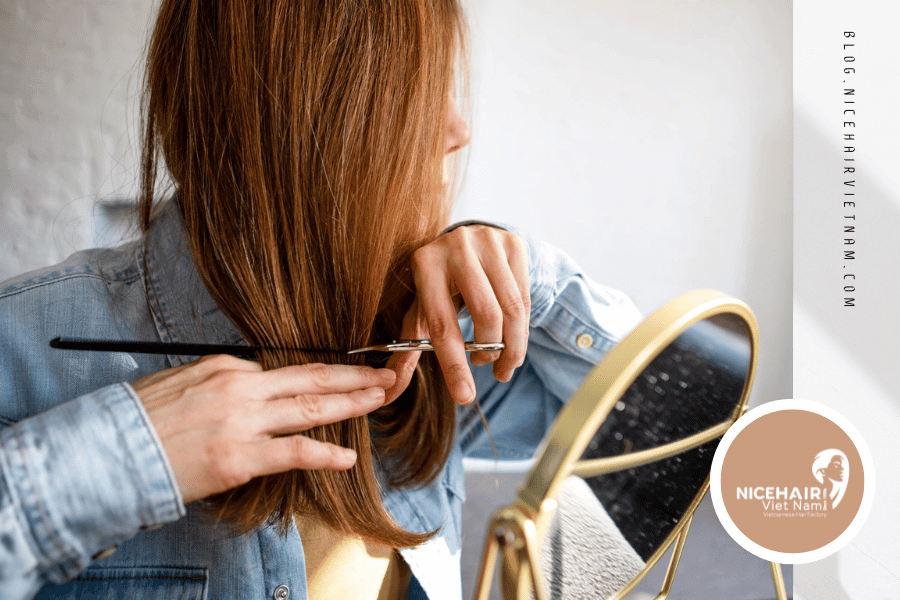
Hair grow faster due to exercising for improved blood circulation
Does exercise help with hair? Physical activity not only benefits your overall health but also stimulates blood circulation to your scalp, playing a pivotal role in promoting faster hair growth. When you engage in regular exercise, your heart rate increases and blood flow throughout your body improves, including to the tiny blood vessels in your scalp. This enhanced circulation ensures that essential nutrients and oxygen reach the hair follicles more efficiently, providing the nourishment and energy they need to thrive.
Improved blood flow to the hair follicles also aids in the removal of waste products and toxins that can accumulate in the scalp. By flushing out these impurities, you create a healthier environment for your hair to grow, free from potential hindrances to its development.
To maximize the benefits of exercise for your tresses, consider incorporating activities that get your heart pumping and your body moving. Brisk walking, jogging, cycling, swimming, and dancing are all excellent choices to boost blood circulation. Engaging in activities that bring joy and excitement can also help reduce stress levels, which, in turn, can contribute to healthier hair growth. Yoga, in particular is a noteworthy exercise option for promoting hair growth. Certain yoga poses, like the downward facing dog or headstand, encourage blood flow to the scalp and may improve nutrient delivery to the hair follicles. Additionally, yoga is renowned for its stress reducing benefits through focused breathing and meditation, which can positively impact overall hair health.
Note that while exercise can aid in promoting hair growth, it is not a standalone solution. A comprehensive approach to hair care, including a balanced diet, proper hair care routine, and minimizing hair damaging practices, is essential for achieving the best results. By making exercise a consistent part of your lifestyle and coupling it with other healthy hair habits, you can set the stage for long, lustrous locks that radiate vitality and beauty.

Hair grows faster when nourish with hair oils
Harnessing the power of nourishing hair oils, such as coconut oil or argan oil, can be a game changer for your hair growth journey. These natural elixirs are rich in vitamins, minerals, and fatty acids that deeply nourish and strengthen your hair from the roots to the tips.
When applying hair oil, it’s essential to warm it slightly to enhance its effectiveness. Gently heating the oil allows it to penetrate the hair shaft more easily, ensuring that your hair receives the maximum benefits. Once warmed, massage the oil into your scalp using circular motions. This invigorating massage not only feels soothing but also stimulates blood flow to the scalp, promoting a healthy environment for hair grow faster.
As the hair oil seeps into your scalp, it delivers essential nutrients directly to the hair follicles, where they are absorbed and utilized to support robust hair growth. These nutrients, including vitamins A, E, and K as well as antioxidants, strengthen the hair strands and protect them from environmental damage, such as sun exposure and pollution. Moreover, the protective qualities of hair oils play a significant role in reducing hair breakage and split ends. By forming a natural barrier on the hair shaft, these oils help retain moisture and prevent excessive dryness, keeping your locks hydrated, smooth and less prone to breakage.
Coconut oil, in particular, has the added benefit of containing lauric acid which possesses antimicrobial properties. This can help combat scalp issues like dandruff and fungal infections, creating an optimal environment for healthy hair growth. Argan oil is rich in omega-3 fatty acids which can help nourish the scalp and improve hair elasticity, reducing the risk of hair breakage. Additionally, argan oil’s lightweight texture makes it suitable for all hair types, from fine and straight to thick and curly.
Incorporate hair oil treatments into your hair care routine once or twice a week, or as needed, to reap the full rewards of these nourishing elixirs. Whether you use them as a pre-shampoo treatment or leave them on overnight, the regular application of hair oils can transform your hair, leaving it not only longer but also shinier, softer and more resilient.
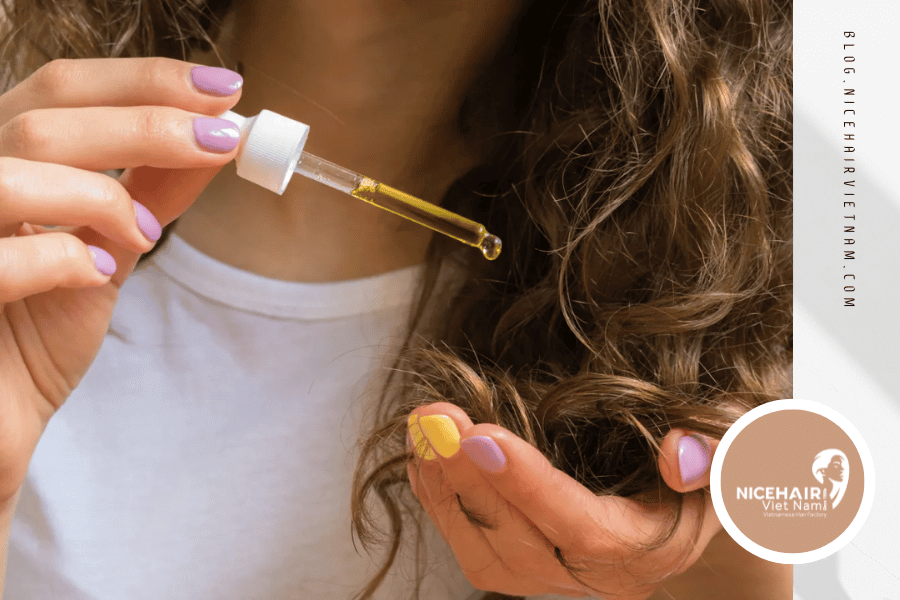
Avoid brushing wet hair
When your hair is wet, it becomes more fragile and susceptible to damage, making it essential to resist the temptation to brush it at this vulnerable state. Wet hair is prone to stretching and snapping, which can lead to split ends and breakage, impeding your hair growth progress. To protect your strands and maintain hair grow faster, opt for a gentler approach to detangling.
Instead of using a regular hairbrush, reach for a wide tooth comb to untangle your wet hair. Wide tooth combs are designed to glide through damp hair more smoothly, causing minimal stress and reducing the risk of breakage. This careful method of detangling allows you to address knots and snarls without causing unnecessary harm, keeping your hair growth journey on the right track. Start by applying a leave in conditioner or a detangling spray to damp hair, which adds slip and makes the combing process even more effortless. Then, beginning at the tips of your hair, slowly work your way upward, gently easing out any knots or tangles. Take your time and be patient, as rushing through this process can lead to more hair damage.
Once your hair is detangled, let it air dry whenever possible. If you need to use a hairdryer, opt for the lowest heat setting and keep the dryer at a safe distance from your hair to minimize potential damage. Avoid vigorous towel drying, as rubbing your wet hair vigorously with a towel can lead to friction and breakage.
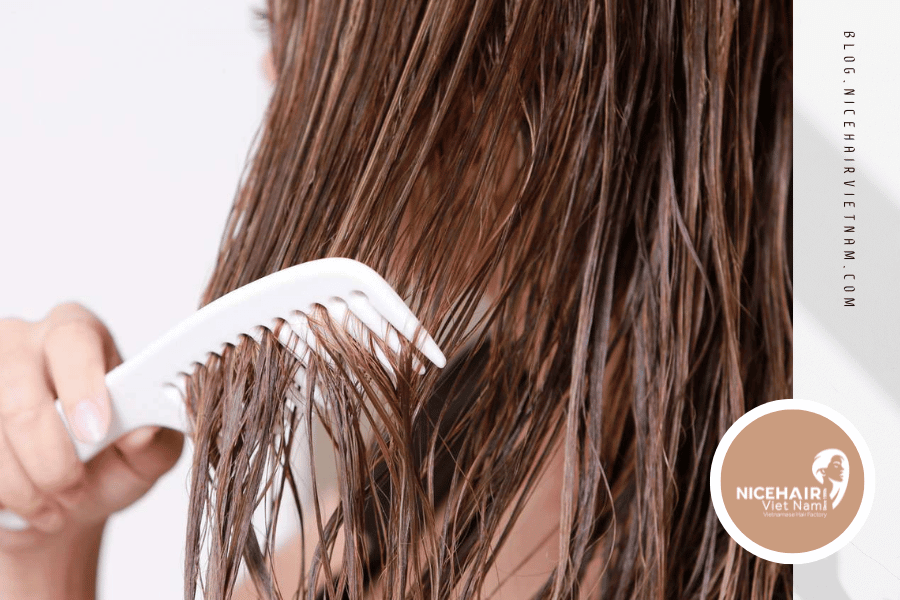
Say ‘No’ to heat styling tools for hair grow
While it may be tempting to reach for your trusty flat irons or curling wands regularly to achieve the perfect hairstyle, frequent heat styling can take a toll on your hair and hinder its growth potential. Heat styling tools subject your hair to high temperatures, which can lead to damage, dryness and ultimately, hair breakage.
To promote hair grow faster and maintain the integrity of your locks, it’s crucial to reduce your reliance on heat styling. Embrace your natural hair texture and explore hairstyles that don’t require heat. Let your hair air dry whenever possible, and opt for heatless styling methods like braids, buns, or twists to achieve stunning looks without compromising your hair’s health. Reserve the use of heat styling tools for special occasions, allowing your hair ample time to recover and rejuvenate between styling sessions. This intermittent approach not only protects your hair from excessive heat exposure but also extends the lifespan of your hairstyles, ensuring they look fresh and vibrant for longer.
When you do decide to use heat styling tools, it’s essential to take preventive measures to minimize potential damage. Apply a high quality heat protectant product to your hair before using any heat styling tools. A heat protectant creates a barrier between your hair and the heat, reducing the risk of moisture loss and damage.
Adjust the heat settings on your styling tools to a lower temperature, as using the highest heat setting is not always necessary and can be more damaging to your hair. Lower heat settings can still provide the desired results while being gentler on your strands. Additionally, limit the frequency of heat styling to give your hair ample time to recover and your hair will grow faster. Consistently using heat styling tools can lead to cumulative damage over time, hindering hair growth and causing dryness and brittleness.
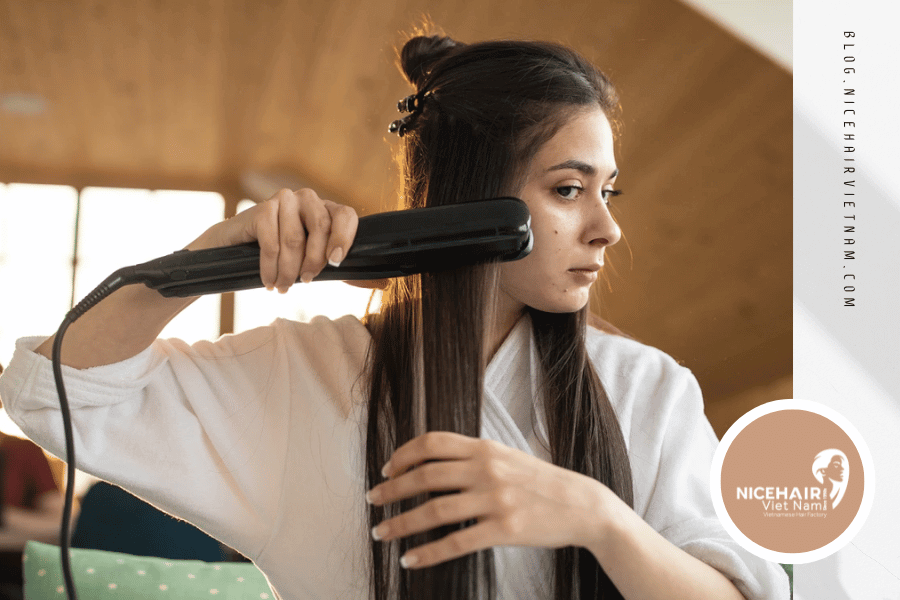
Limit hair tie usage
Your choice of hair ties can significantly impact the health of your hair. Tight hair ties, particularly those made of materials like rubber or elastic, can exert excessive tension on your hair strands, leading to breakage and damage. To safeguard the integrity of your locks and support hair growth, consider making some hair tie adjustments.
Opt for hair ties that are designed to be hair friendly, such as loose, fabric covered hair ties or soft scrunchies. These alternatives are gentler on your hair and reduce the risk of tangles and breakage. The smooth fabric surface of these hair ties minimizes friction, preventing unnecessary stress on your hair cuticles and shafts.
When tying your hair, avoid pulling it too tightly. A loose or comfortable hold is often sufficient to keep your hair in place without subjecting it to undue strain. Looser hairstyles not only protect your hair but also contribute to a more relaxed and effortless look. Another tip to minimize hair tie damage is to vary your hairstyles regularly. Wearing the same tight ponytail or bun every day can create consistent pressure on specific sections of your hair, potentially leading to breakage in those areas. By alternating between hairstyles, you distribute the pressure more evenly, reducing the risk of damage from repetitive styling.
Consider experimenting with different hairstyles that allow your hair to rest and move freely. Loose braids, gentle updos, or leaving your hair down are all viable options that promote hair health while still looking stylish. Embrace versatility and give your hair the opportunity to breathe and recover from daily wear and tear. Additionally, avoid tying your hair when it’s wet, as wet hair is more susceptible to stretching and breakage. Let your hair air dry or use a soft microfiber towel to gently blot excess moisture before styling.
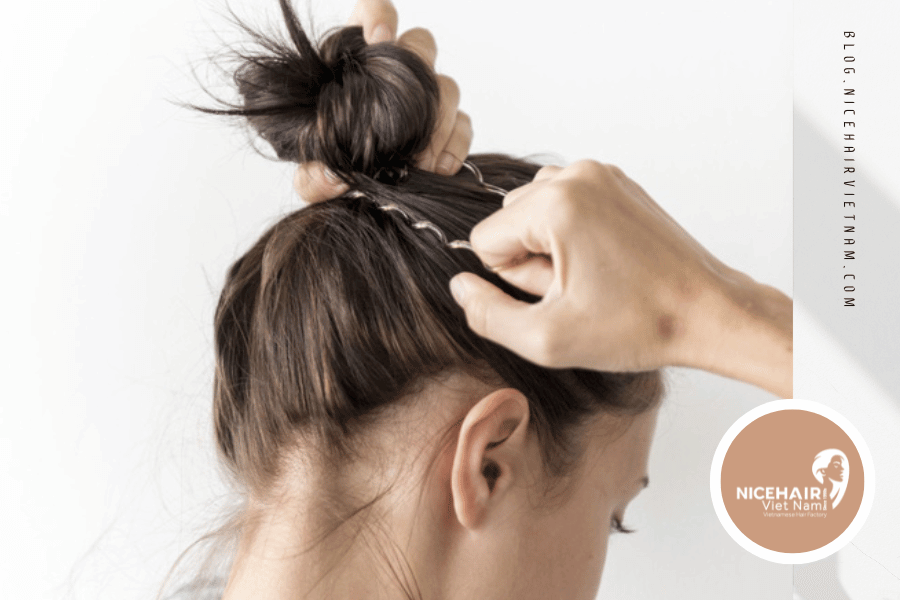
Find the right hair washing frequency for hair grow faster
Maintaining a balanced hair washing routine is crucial for the health and growth of your hair. Overwashing can strip away the natural oils that protect and nourish your hair, leaving it dry and brittle. On the other hand, infrequent washing can lead to a buildup of oil, dirt, and product residue, resulting in a dirty and potentially unhealthy scalp. To strike the perfect balance, it’s essential to determine the right hair washing frequency for your specific needs.
For most people, washing their hair every 2 – 3 days is a suitable interval. However, individual factors such as hair type, texture, and lifestyle may influence the ideal frequency. If you have oily hair, you may find that you need to wash it more frequently, while those with dry or curly hair might benefit from less frequent washing to preserve natural oils and moisture.
When washing your hair, opt for sulfate free shampoos that are gentle on your hair and scalp. Sulfates are harsh cleansing agents that can strip away the hair’s natural oils, leading to dryness and damage. Choosing sulfate free shampoos ensures a milder cleanse while keeping your hair’s natural moisture intact. After shampooing, follow up with a conditioner specifically formulated for your hair type. Conditioners provide essential hydration, help to detangle your hair and seal the cuticle to reduce frizz and promote shine. Apply the conditioner from mid length to the ends of your hair, avoiding the scalp to prevent excess buildup.
If you find that your hair tends to get greasy quickly between washes, try using dry shampoo to refresh and absorb excess oil. Dry shampoo is an excellent alternative for refreshing your hair without resorting to frequent washing, preserving your hair’s natural oils and promoting a healthier scalp.
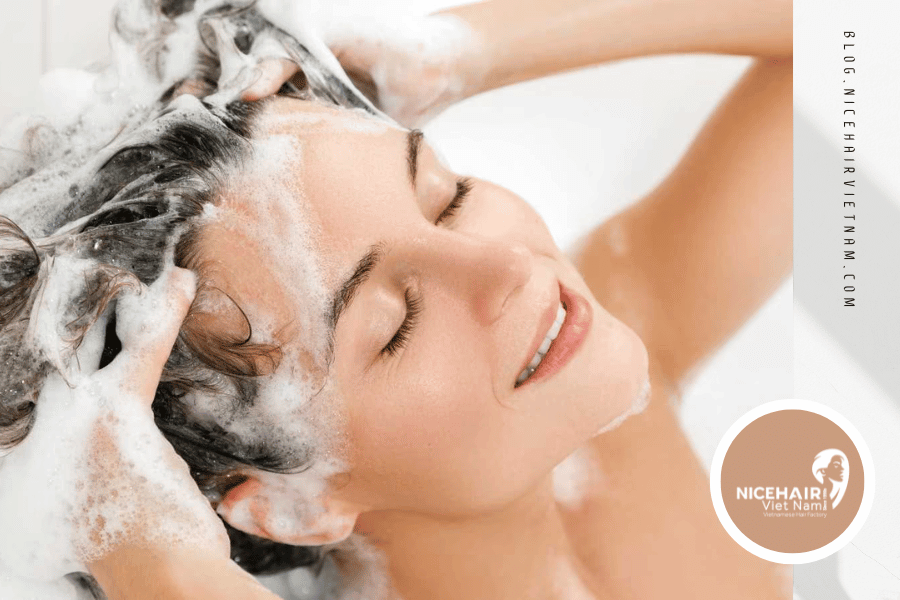
Supplement with vitamins and nutrients
When it comes to promoting hair growth, proper nutrition is paramount. Your diet plays a significant role in providing the essential vitamins and minerals that support healthy hair development. To ensure your hair receives the nourishment it needs, focus on incorporating a variety of hair friendly nutrients into your daily meals.
One key nutrient for hair growth is biotin, also known as vitamin B7. Biotin is essential for the production of keratin, the protein that constitutes the majority of your hair’s structure. Including foods rich in biotin, such as eggs, nuts, seeds and sweet potatoes, can boost your hair’s strength and promote faster growth. Iron is another crucial nutrient that contributes to healthy hair growth. Iron helps carry oxygen to the hair follicles, supporting their function and promoting optimal hair growth. Incorporate iron rich foods into your diet, such as lean meats, spinach, lentils and tofu, to maintain healthy hair and prevent potential hair loss due to iron deficiency. Zinc is also essential for hair growth, as it aids in the repair and growth of hair tissues. Seafood, nuts, seeds and whole grains are excellent sources of zinc that can be easily incorporated into your meals.
In addition to these specific nutrients, a balanced diet that includes a variety of fruits, vegetables, and whole grains provides the vitamins and minerals necessary for overall hair health. Vitamin A promotes sebum production, keeping your scalp moisturized, while vitamin C supports collagen production, an essential component of hair structure. Vitamin E, found in nuts and seeds, is an antioxidant that helps protect hair cells from oxidative stress.
While getting essential nutrients from your diet is ideal, sometimes it may be challenging to meet all your hair’s needs through food alone. If you suspect you’re not getting enough of certain nutrients, consider taking supplements specifically formulated to support hair health. Consult with a healthcare professional or a registered dietitian before starting any supplements to ensure they are safe and appropriate for you.

Hair grow faster when washing with shampoo containing castor oil
Castor oil – a natural elixir long revered for its hair strengthening abilities, is a game changing ingredient to incorporate into your hair care routine. When searching for hair care products, keep an eye out for shampoos that feature castor oil as a prominent ingredient. The benefits of using castor oil shampoo extend beyond nourishing your scalp and hair – it can lead to remarkable improvements in hair growth and texture.
Castor oil is packed with essential nutrients, including vitamins, proteins, and fatty acids, which work synergistically to promote healthy hair growth. When applied to the scalp, castor oil penetrates deep into the hair follicles, providing a nourishing boost that encourages optimal hair development. Its enriching properties fortify the hair shaft, making it less prone to breakage and creating a conducive environment for hair grow faster.
Regular use of castor oil shampoo can yield noticeable results in improving hair texture. Its emollient nature adds moisture to dry, brittle hair, leaving it softer, smoother, and more manageable. Additionally, the nourishing qualities of castor oil contribute to reducing frizz and flyaways, giving your hair a polished and refined appearance. Apart from its benefits for hair growth and texture, castor oil also possesses antimicrobial properties that help combat scalp issues such as dandruff and itchiness. A healthier scalp translates to healthier hair, and maintaining scalp health is a critical factor in supporting robust hair growth. For the best outcomes, massage the castor oil shampoo gently into your scalp, allowing the nourishing goodness to work its way to the hair roots. Be sure to rinse thoroughly to remove any residue, leaving your hair clean, refreshed, and ready to thrive.
While castor oil shampoo can work wonders for many, individual hair types and needs may vary. As with any new hair care product, it’s essential to perform a patch test before regular use to ensure you don’t experience any adverse reactions.
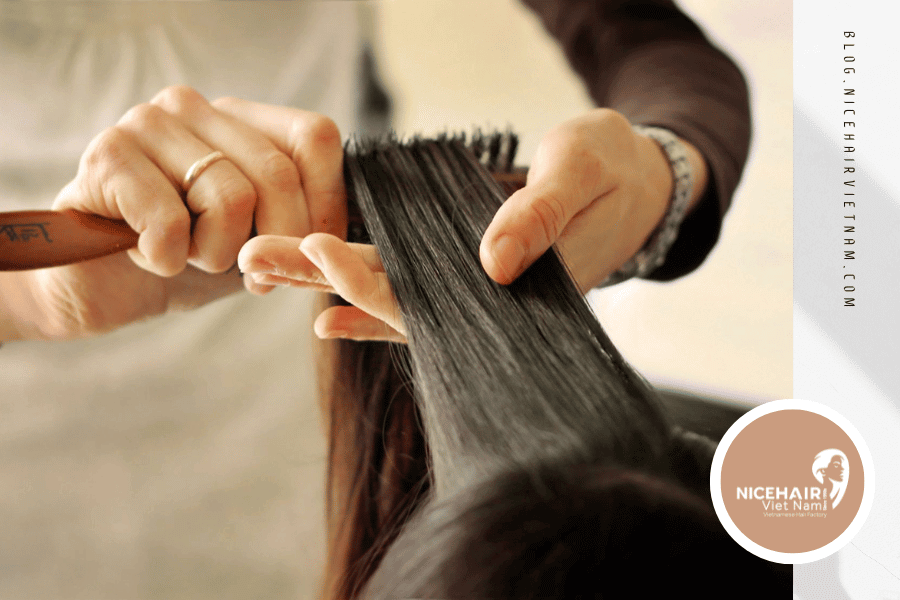
Be mindful of medication side effects
While medications are designed to address specific health concerns, some can have unintended side effects, including those related to hair. If you notice unexpected hair loss or changes in the appearance and texture of your hair while taking medication, it’s essential to be proactive and seek guidance from your healthcare provider.
Various medications, such as certain antidepressants, blood pressure drugs and hormonal treatments, may contribute to hair related issues. Hair loss, thinning or changes in hair texture can be distressing, impacting your self esteem and overall well being. If you suspect that your medication is affecting your hair, don’t hesitate to consult your healthcare provider. They can review your medical history, assess your current medications and determine if any of them might be linked to your hair concerns. In some cases, your healthcare provider may be able to adjust your medication or switch to alternative treatments that have fewer or no hair related side effects.
In addition to adjusting your medication, your healthcare provider might recommend complementary treatments or supplements to support hair growth and maintain hair health. Biotin supplements, for instance are often prescribed to help strengthen hair and promote growth. However, it’s essential to consult your healthcare provider before starting any new supplements to ensure they are appropriate for you and won’t interact with your existing medications.
Apart from medication adjustments and supplements, adopting a comprehensive hair care routine can also help minimize the impact of medication related hair issues. Choose gentle hair care products, avoid harsh chemical treatments and practice good hair hygiene to maintain scalp health and hair vitality. Remember that hair issues related to medication can be temporary or reversible. With the right guidance from your healthcare provider and appropriate care, your hair may regain its health and luster once medication adjustments are made or your treatment is completed and your hair may grow faster.
Ultimately, being mindful of medication side effects and seeking timely medical advice is crucial to addressing any hair related concerns effectively. With proper care and support, you can maintain the health of your hair and focus on overall well being, feeling confident and empowered in your hair growth journey.

Hair grow faster is achievable with dedication and simple yet effective hair care practices. By incorporating these ten tips into your routine, you can promote faster hair growth and enjoy the beauty of your luscious locks. Remember to be patient and consistent, as hair growth takes time. With the right care, your dream of having longer hair will become a reality.

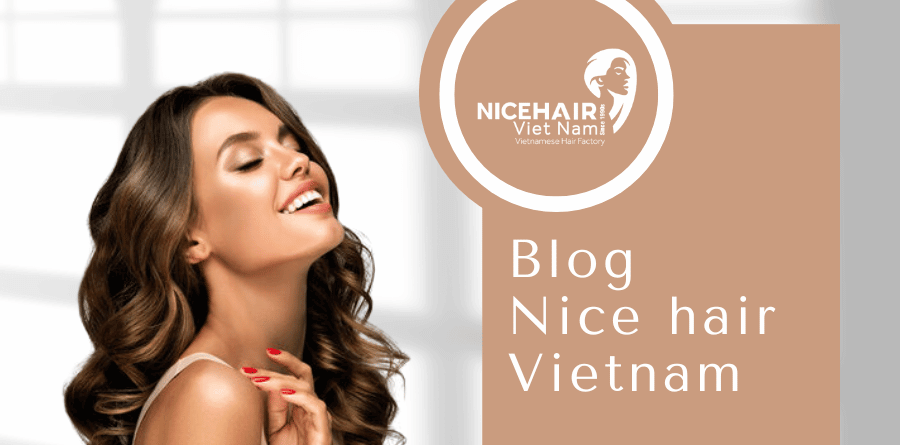


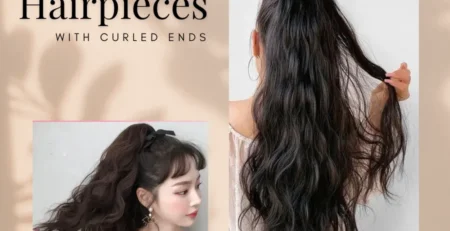
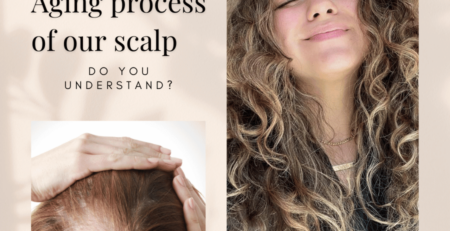
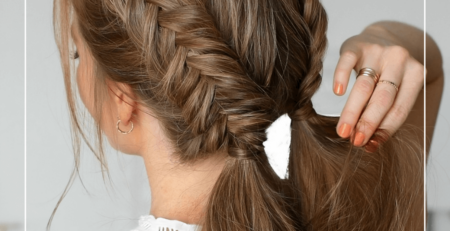
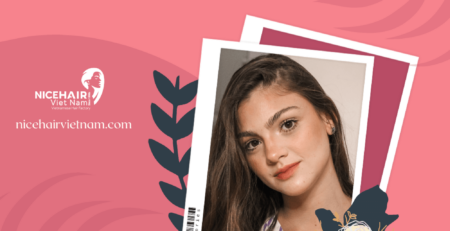

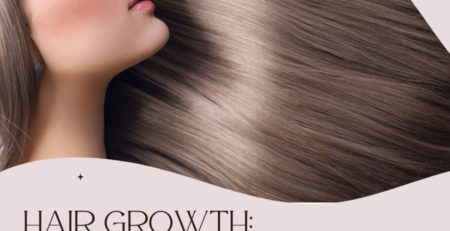
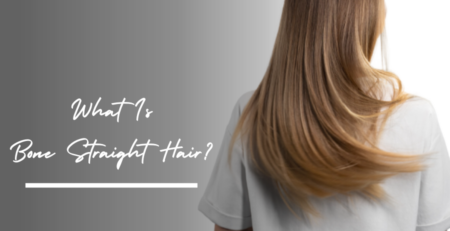
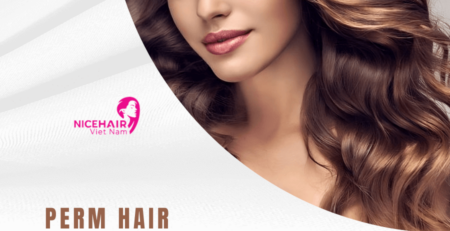
Leave a Reply